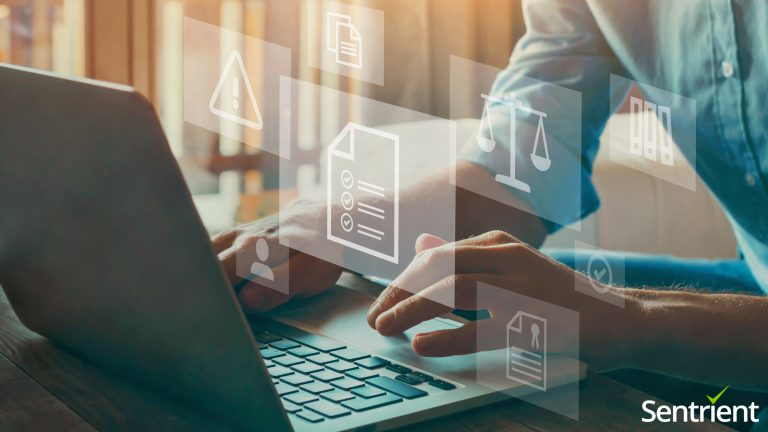The Impact Of Remote Work On Cyber Security

The rise of remote work has brought with it several benefits, including increased flexibility and productivity. However, it has also led to new challenges in terms of cyber security. As more employees work from home, the risk of cyber-attacks increases, and it becomes more difficult to protect sensitive information. One of the biggest challenges of remote work is the increased risk of phishing scams. With more employees working from home, it is easier for cybercriminals to impersonate legitimate companies and send phishing emails to employees. These emails may contain malware or links to malicious websites, which can give hackers access to sensitive information or even take control of the employee’s computer. To combat this threat, companies should provide regular training to employees on how to identify and avoid phishing scams, as well as invest in anti-phishing software. Another challenge of remote work is the increased risk of data breach...








